
Raisa Yogiaman
Raisa is a content marketer at Zavvy. She shares experts' views and offers solutions to your HR-related issues.

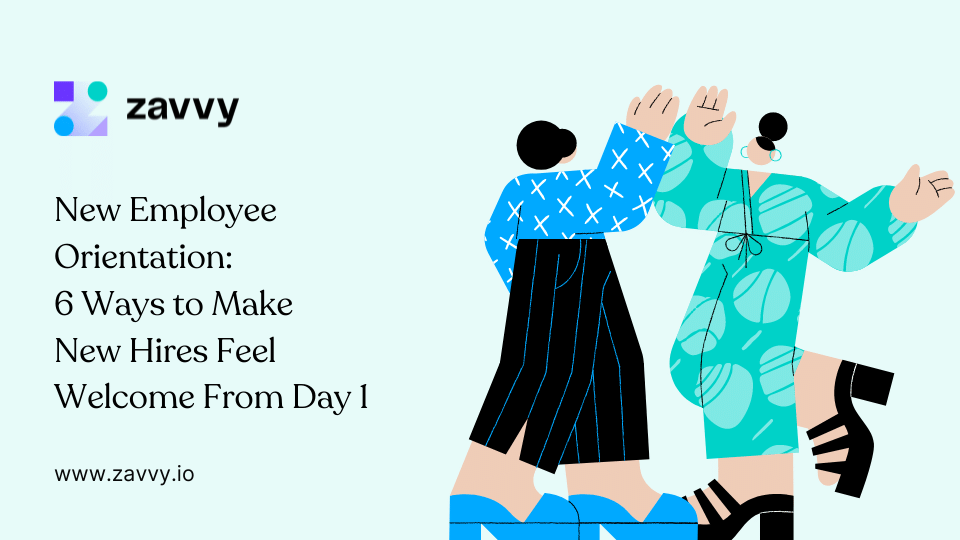
The first day on the job can be nerve-wracking.
Don’t believe us? Just take a look at what new hires search for online:
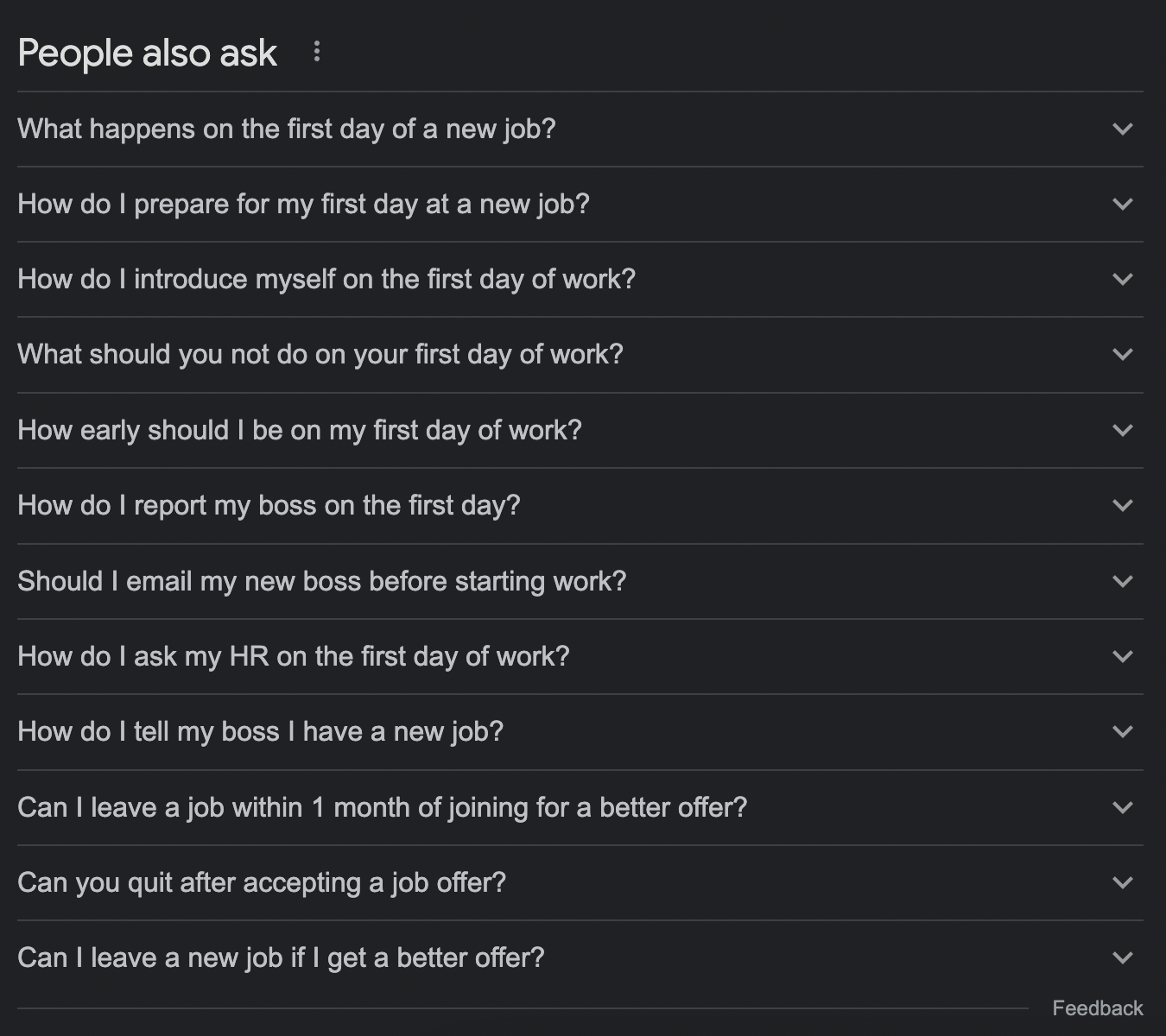
From wondering what happens on the first day of work to questions about quitting if a better offer comes along, new hires go through a range of emotions, and none of them are entirely positive.
You may have done an excellent job at preboarding, but the first day at work can be a make or break for retention and productivity. A negative experience can lead to disengaged employees and possibly attrition, but a positive orientation experience can enable employees from day one and help them do their best work.
Together with our curators, we have created a library of actionable digital marketing resources. Personalized to your team's needs.
New employee orientation is a process to welcome and introduce new hires to the workplace. New hires are set up for success in a collaborative effort, including HR, the hiring department, and other teams.
For one, new employee orientation lasts only a few hours or a few days, while onboarding is a much longer process lasting up to a year.
Also, orientation doesn’t cover the specifics. Typically, new hires across the company are brought together to share information that makes their transition smoother.
In contrast, onboarding is job and department-specific and requires a strategic plan. So essentially, orientation is an important part of the overall onboarding process.
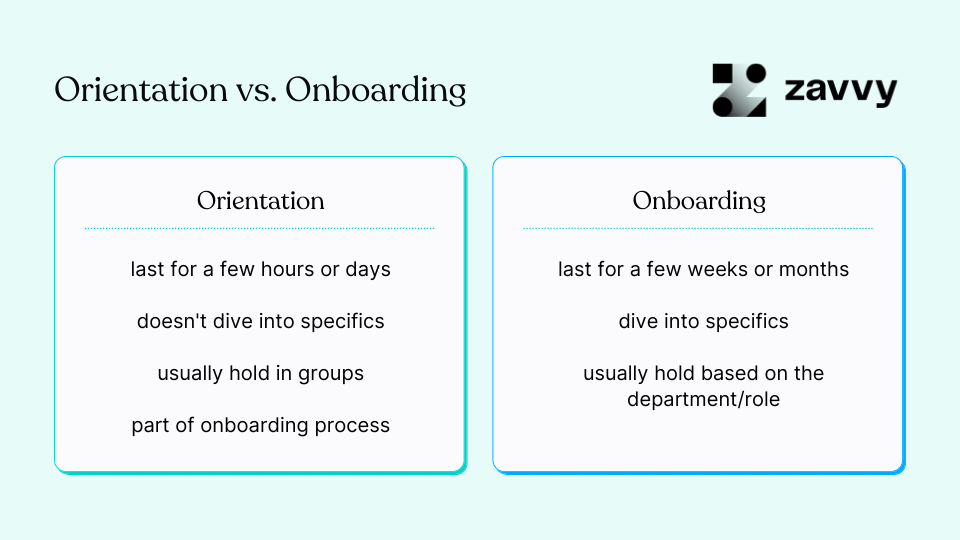
Here’s a quick checklist that explains what a new hire orientation looks like:
Sure, new hire orientation helps acquaint new hires and sets them up for success. But what does that really mean?
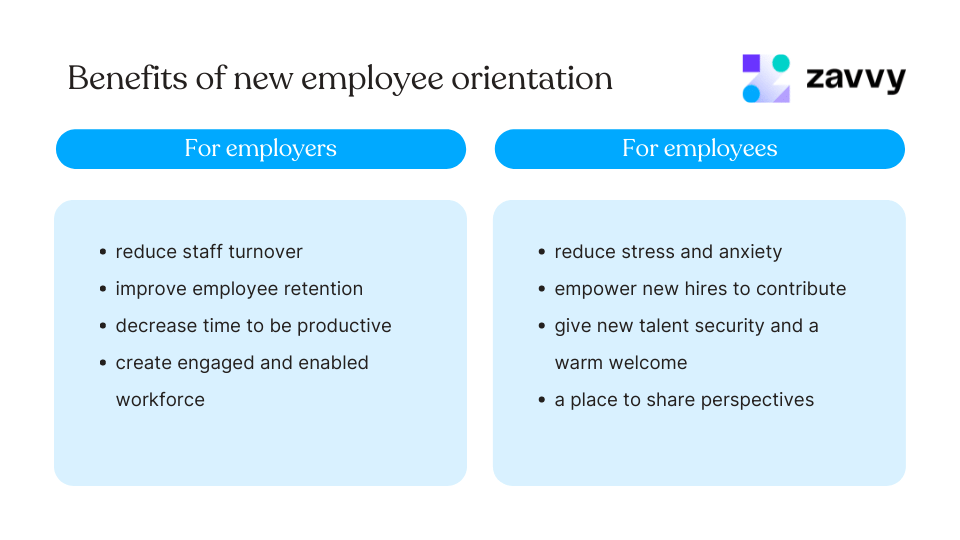
Employees want to be treated like people, not resources.
Employee orientation helps you do just that by making new employees a valued part of the organization.
Similar to the concept of product-market fit, orientation helps you establish person-organization fit. You can get new employees excited about working with you and help them hit the ground running.
Here are the main benefits of having a robust new hire orientation for both employers and employees:
Fear of change is both an outcome of nature and nurture. And starting a new job is a massive change. So take away the stressors and the unknowns to help new hires ease into their new workplace and get them excited about their role.
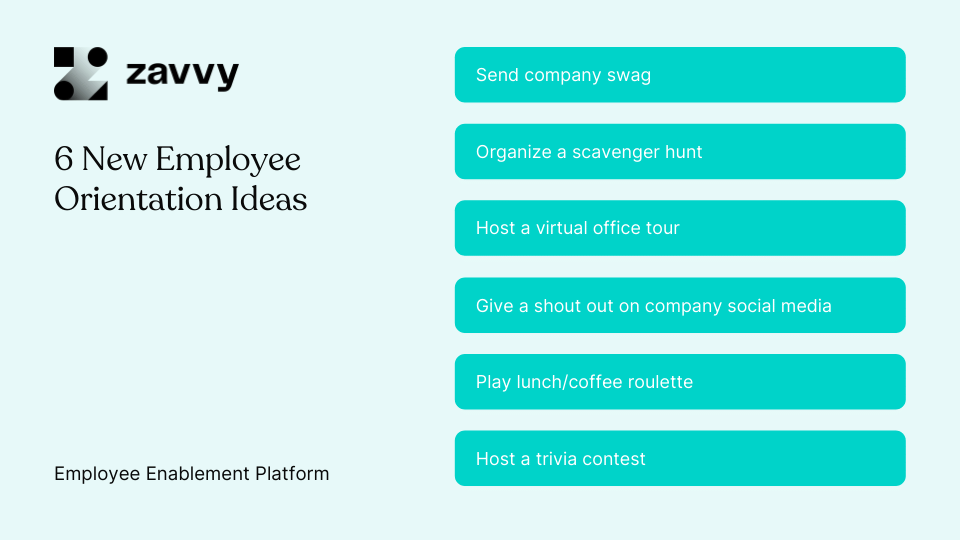
Here’s how:
You’ve already given them a realistic job preview during the hiring process.
Now, show them around and answer questions they may have, from where they should park their car to questions about their manager, team, and who they can lean on for tech and HR support.
Starting a new job is stressful.
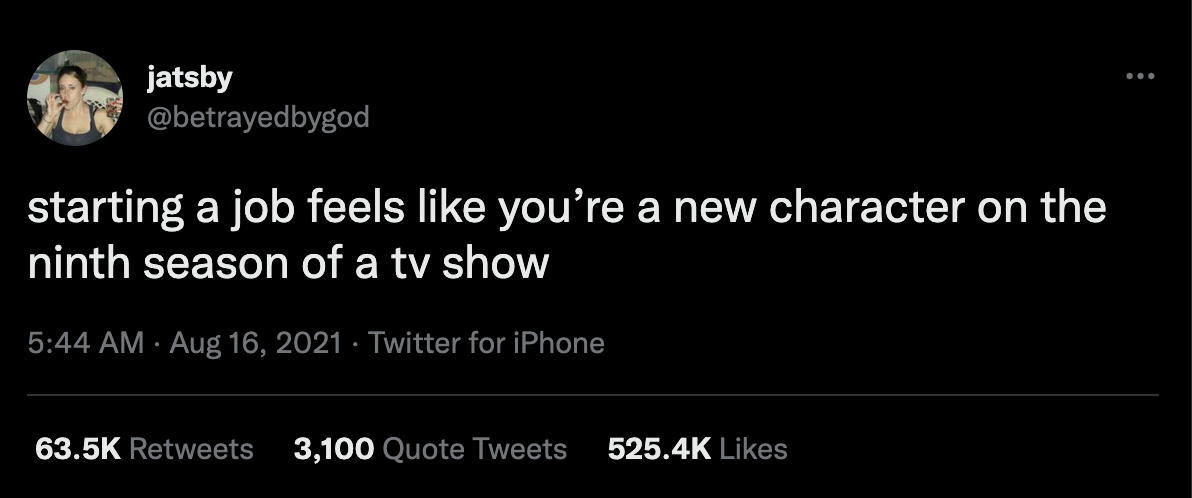
Your job is to take that stress away and give them resources to cope. Having an onboarding buddy, for instance, can help new hires feel supported and ramp-up time to productivity.
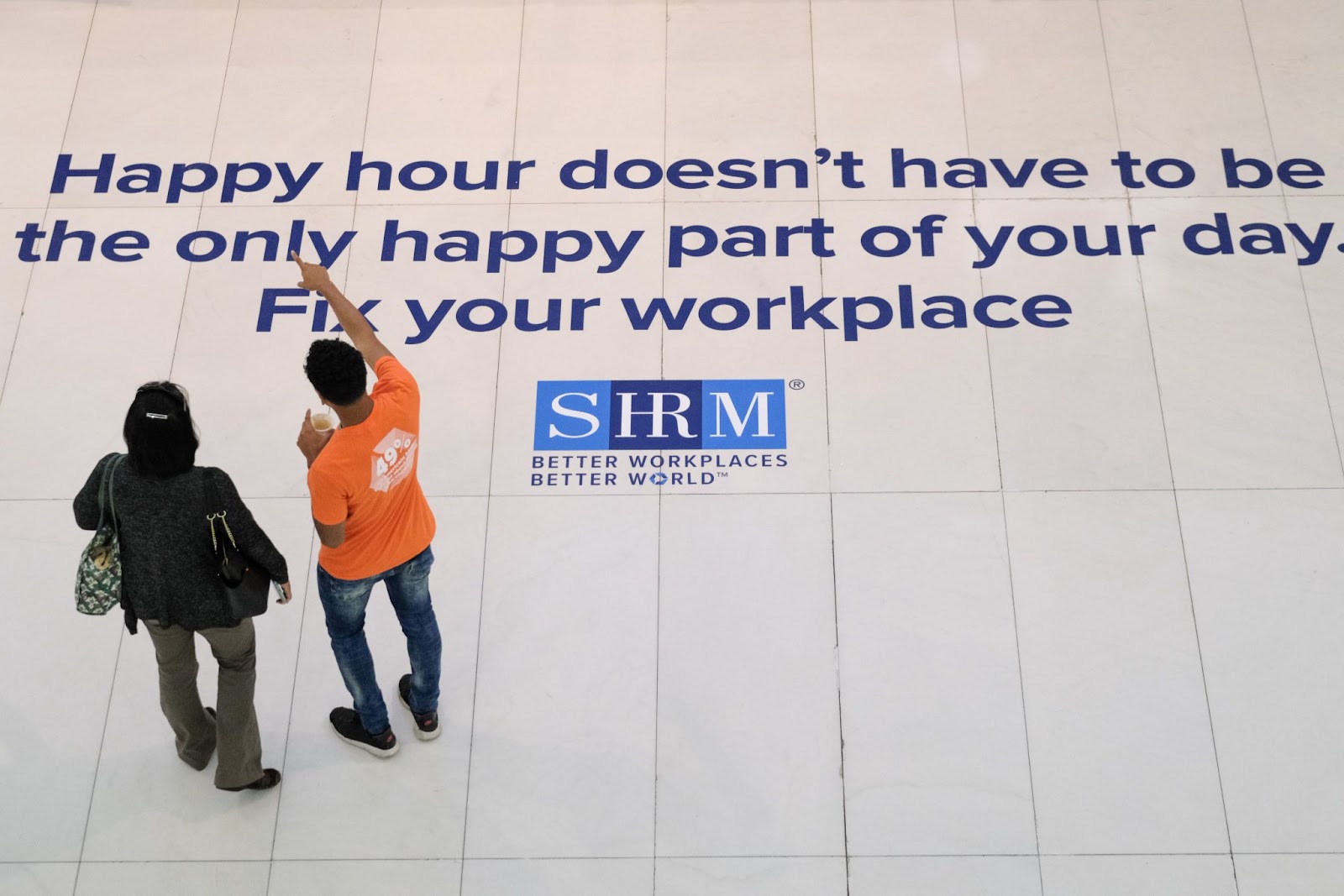
Your workplace culture has a massive impact on employee engagement. Show new hires how the show is run and what other employees typically do to decompress in the workplace.
Pro Tip: Set up a lunch where new hires meet the team so they can organically immerse themselves in the workplace environment.
Ensure new hires have all the information they need to get to the office and set them up with their company laptop and all the necessary software.
Also, prep their manager so they’re ready for their first day and can start showing them the ropes.
To avoid manual overload on your side, you can schedule messages to people managers and peers, e.g. via Slack.
Checklists can help you and new hires to stay on track during orientation. Since there are many stakeholders involved, an organized system is crucial.
Here’s an employee orientation checklist you can use:
Pro Tip: Collect important employee details prior to their first day.
Ask new hires post orientation to share how their experience was and how you can improve the process in the future. Timing is key here. You want to ask them right after completing the orientation, so it’s still fresh in their minds.
Collect the feedback to see where your orientation process lacks and what needs improvement. Also, rope in older employees to see what they remember from their orientation. Those memorable events are what you want to create more of while minimizing stress.
Some organizations have an orientation day, while others have a much longer 30, 90, or even 120-day orientation program, during which part of the day is reserved for orientation, and the rest is spent doing actual work.
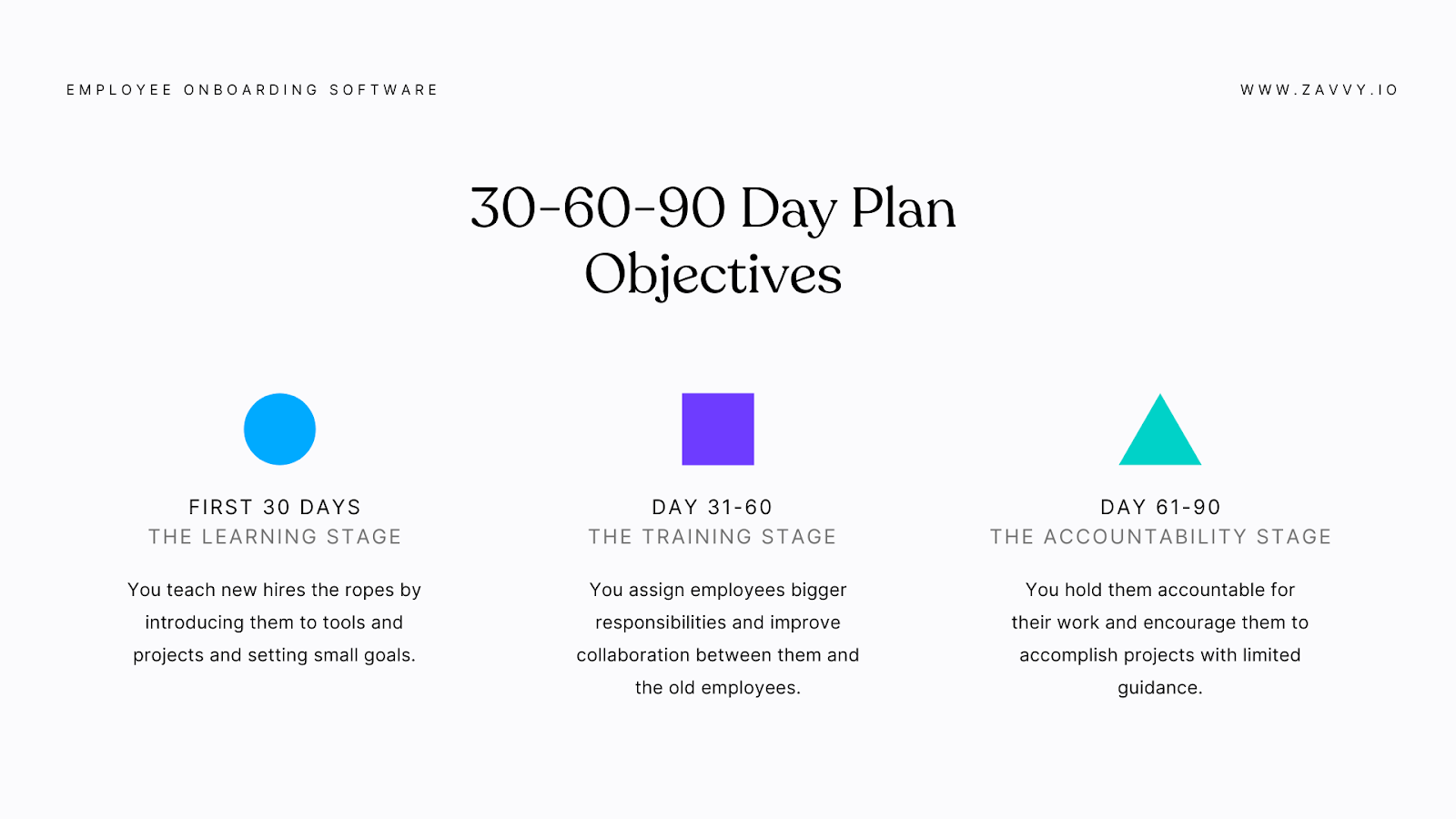
The honest answer is that it depends on your organization. When you collect feedback about your orientation program, ask your team if they felt the duration was sufficient and if they would benefit from a longer orientation program.
It is also specific to the individual employee. Some might need more help than others. A customized orientation that enables each employee to do their best work might be the right path for you.
According to SHRM, your new hire orientation meeting should occur in the first week of employment and consist of the following:
Review safety and health policies on
You can easily adapt these best practices for a remote or hybrid workplace. Instead of holding these meetings face to face, you can use a video conferencing tool and check everything off your list.
In fact, remote work may even remove some of the traditional stressors that you would have to address otherwise.

But being remote doesn’t mean never meeting face to face. Remote-first companies like Zapier, Buffer, and Prezly often host annual or semi-annual in-person retreats. This is an excellent opportunity to introduce new team members to the company and create those organic moments for team bonding.
The pressure to wow new employees is all too real. So here’s a list of ideas you can use to make your orientation a success:
Even if your employees are remote, don’t skimp on the swag. Company swag makes employees feel connected to the organization.
And you don’t have to go the traditional route either. Instead of company T-shirts, pens and mugs, give away laptop stickers, wireless chargers, plants, fancy snacks, or even yoga mats.
Curious? Here are 10 ideas for your new hire welcome package
A physical scavenger hunt that divides everyone into teams so new hires can seamlessly interact with their colleagues is a great idea but isn’t exactly new. You can elevate the scavenger hunt by using QR Codes to share the clues and using an app to track who solves the most clues.
For remote employees, try an intranet or wiki scavenger hunt instead. Have employees look for files on the intranet or in your wiki to replicate the experience.
Record a video to show new hires around the office and share it with them before their first day. If your workplace is hybrid, you can even send remote employees VR goggles so they can have an immersive in-office tour.
Introduce new hires on your company blog and post them on social media. Get creative with your posts. Maybe they like The Avengers so try a movie poster instead of the usual headshot and text.
Let technology take the reigns and decide who should go to lunch together. If your remote employees work at a co-working space, see if they would be willing to organize something similar.
Reviewing company policies is mandatory, but does it have to be boring? Share documents with new hires ahead of time and turn the orientation meeting into a trivia contest. Nothing better than some friendly competition to make the first day a memorable one.
Wanna automate your orientation? Talk to a new hire orientation expert at Zavvy today.
Employee orientation is also known as induction.
Some people also term it onboarding. It’s important not to mix up the two. Orientation is not onboarding but rather a part of it. So it can be skipped over even if you have an excellent onboarding program.
Don’t forget the 4 C’s—Clarification, Compliance, Connection, and Culture. Your orientation program should touch upon all of these.
Aside from the negative impression that may lead to attrition, not having an orientation sets employees up to fail, and it decreases the speed to productivity which is obviously bad for the business.
Upskill your team every week with the best contents and personalized recommendations.

The first day on the job can be nerve-wracking.
Don’t believe us? Just take a look at what new hires search for online:

From wondering what happens on the first day of work to questions about quitting if a better offer comes along, new hires go through a range of emotions, and none of them are entirely positive.
You may have done an excellent job at preboarding, but the first day at work can be a make or break for retention and productivity. A negative experience can lead to disengaged employees and possibly attrition, but a positive orientation experience can enable employees from day one and help them do their best work.
Get a demo!
We'll be happy to show you around and answer all your questions.
Trusted by innovative companies



We'll be happy to show you around, answer your questions, or arrange a free trial.
Erhalten Sie eine kostenlose Demo unserer Onboarding-Software.
Vertraut von



Your Training & Development Strategy - Solved in 1 Tool.
Trusted by innovative companies



We'll be happy to show you around, answer your questions, or arrange a free trial.
Learn how Zavvy helps you drive performance, development, and engagement.
Trusted by innovative companies



We'll be happy to show you around, answer your questions, or arrange a free trial.
We'll be happy to show you around and answer all your questions.
Trusted by innovative companies



We'll be happy to show you around, answer your questions, or arrange a free trial.
Gerne zeigen wir Ihnen ganz unverbindlich unsere Plattform im Detail.
Vertraut von modernen Unternehmen



Get a demo!
We'll be happy to show you around and answer all your questions.
Trusted by innovative companies



We'll be happy to show you around, answer your questions, or arrange a free trial.
Erhalten Sie eine kostenlose Demo unserer Software für Mitarbeiterenwicklung und Training.
Moderne Unternehmen
setzen auf Zavvy


